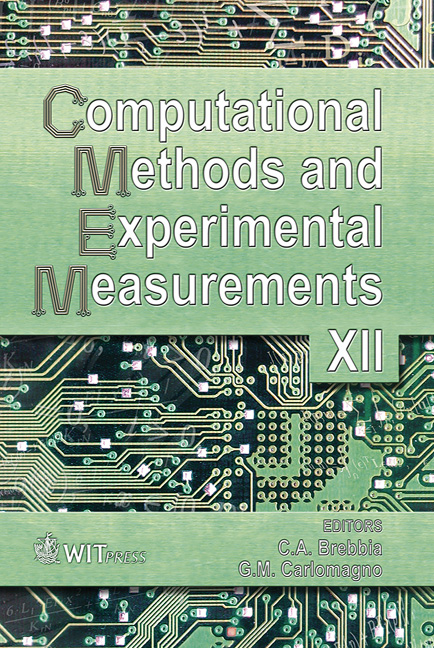Estimating The Lump To Fines Composition Split In Iron Ore Production
Price
Free (open access)
Transaction
Volume
41
Pages
10
Published
2005
Size
402 kb
Paper DOI
10.2495/CMEM050131
Copyright
WIT Press
Author(s)
J. E. Everett
Abstract
Iron ore is mined, crushed and separated into lump and fines components, which are sold as separate products. Quality (and therefore value) depends upon the shipped composition of each product matching a target composition vector, in iron and in several other minerals. Each day, ore is selected for mining to meet these target grades. The total composition of the candidate blocks for mining can be estimated from assays of material recovered from blast holes. But the lump and fines components will have different compositions, the lump usually being higher in iron and lower in other minerals. To estimate this lump to fines split, we need a \“lump algorithm”, a vector predicting the lump percentage yield, and the lump to fines difference in each mineral. Ores of different geological types, or \“geotypes” have systematically different lump algorithms. Algorithms for specific ore types have been estimated by running the crusher with a single ore type over a sample period. This method is costly, interferes with production, and yields results of limited statistical power. An alternative, described here, is to use Weighted-least-squares (WLS) multiple regression. This enables us to estimate an algorithm for each geotype, provided sample periods have sufficiently varied geotype mixes. Keywords: quality control, decision support, mining, regression analysis, forecasting, weighted least squares. 1 Introduction Iron ore is mined from open-cut pits and railed to the port, where it is crushed. The crushed ore is separated into lump and fines components, which are sold as separate products, for feed to blast furnace steel production.
Keywords
quality control, decision support, mining, regression analysis, forecasting, weighted least squares.





